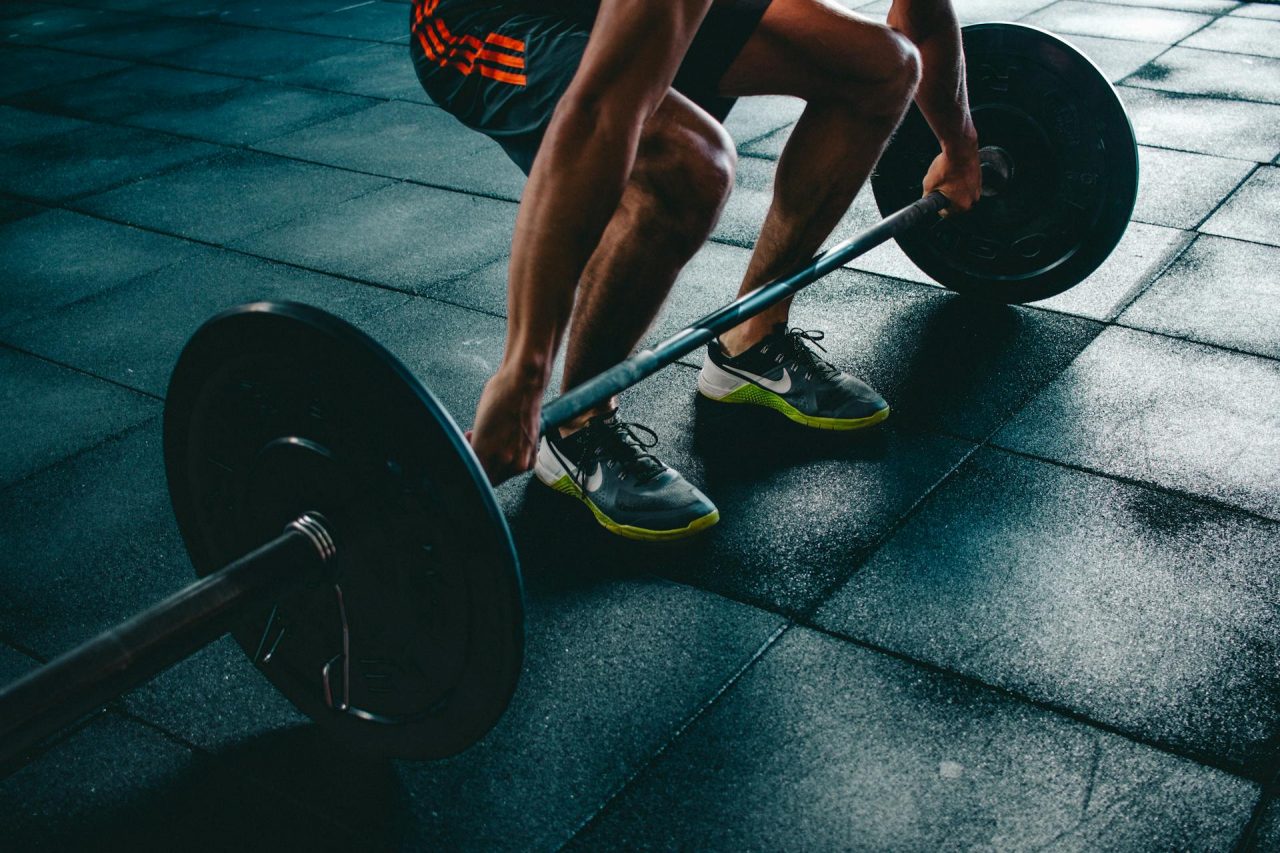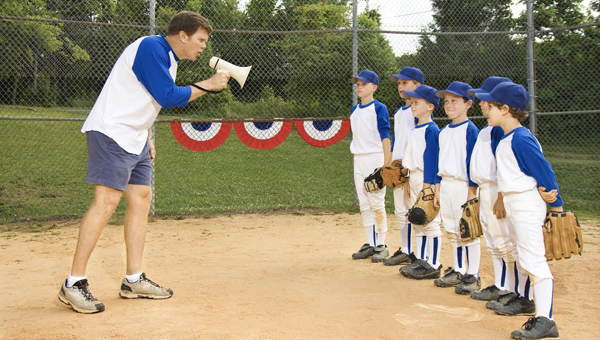In a series of articles translated in the Soviet Sport Review, Soviet biomechanist Sokolov wrote about the need for technical mastery of the Olympic lifts for improvements in weightlifting performance. In the first two articles, he is responding to performances in the 1974 USSR Cup, where almost 34% of the participants in the snatch and almost 30% of participants in the clean and jerk did not record a successful attempt in the respective lifts.
It’s the author’s opinion, that missed lifts in the snatch resulted primarily from two errors:
- The first is a second pull that is too short. When this happens, the barbell is lost in front of the lifter. The second pull is important to a successful snatch lift because it raises the barbell high enough for a lifter to be able to get underneath it in the receiving position. If the height of the second pull isn’t great enough, the lifter isn’t able to get under the bar which usually results in the lift being missed in front. The author feels that the lack of height in unsuccessful lifts is due to the fact that the lifter is essentially pulling down on the bar while transitioning from the pull to the squat. He notes that many lifters achieve a greater barbell height when only performing snatch pulls than when doing the complete lift.
- The second is from pushing the barbell away from the body, which ultimately results in it being lost behind the lifter and an unsuccessful lift (action/reaction; action: push bar away from body, reaction: bar whips around too far behind the lifter). The author believes that this is due to a lifter having leg extensors that are disproportionately strong compared to the hip extensors. A lifter that is leg extensor dominate moves the shoulders behind the barbell too early during the lift, causing the bar to be pushed away from the body. When this happens in the clean, the barbell hits the lifter in the chest pushing him/her backwards.
Sokolov doesn’t spend any time analyzing the clean, because in his view almost 2/3’s of the misses were in the jerk part of the clean and jerk. In his opinion, this is mostly from an inadequate drive. In other words, the barbell does not attain a great enough height for the lifter to get under it. He points out that training the jerk with lighter weights is deceptive because in those situations the barbell is driven to the height that is necessary and this is not reflective of the amount of “thrust” that is necessary for a maximal lift.
Sokolov has one explicit recommendation and there is another that you can imply from the article. The explicit recommendation is to essentially perform jerk drives as an exercise (i.e. don’t get under the bar) – sort of like a “pull” for the jerk. Dip and drive the bar as high as possible. This teaches/reinforces the thrust. The implied recommendation is that the jerk may be an exercise where, outside of learning, heavier weights may be more important to give the athlete the necessary feel for the drive.
The author’s findings are still relevant today. The importance of a high second pull in the snatch and the importance of the hip extensors is something that should still be addressed when training weightlifters today. In addition, the jerk drive exercise (done with proper technique) with supramaximal weights combined with heavier training on the jerk is also sound advice.
Sokolov, L.N. (1976). Improving the technical mastery of weightlifters. Tyazhelaya Atletika, 5, 32-35. Translated by Charniga, A. et al (1982). Soviet Sports Review, 17(3): 137-140, 17(4): 169-171.
Sokolov, L.N. (1977). More attention to quality preparation of weightlifters. Tyazhelaya Atletika, 6, 23-26. Translated by Yessis, M. et al (1983). Soviet Sports Review, 18(2), 86-90.



